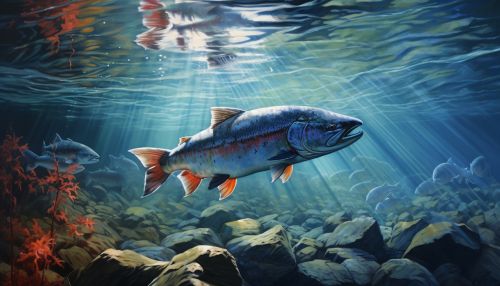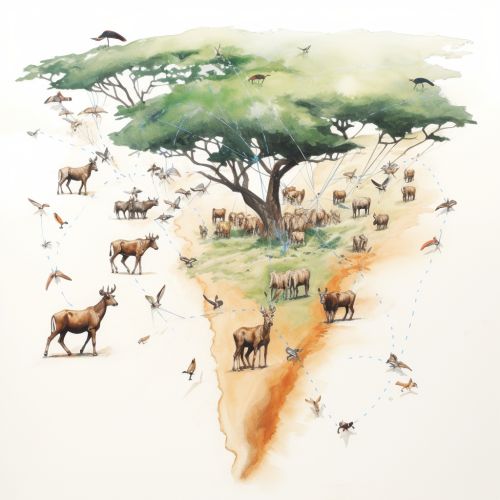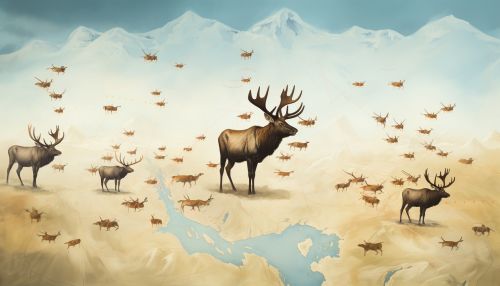The Biological Mechanisms of Animal Migration Patterns
Introduction
Animal migration is a fascinating and complex biological phenomenon that involves the movement of animals from one habitat to another, typically for the purposes of breeding or survival. The mechanisms underlying these migration patterns are diverse and intricate, involving a combination of genetic, environmental, and physiological factors. This article will delve into the biological mechanisms of animal migration patterns, exploring the various factors that influence these movements and the strategies that different species employ to navigate their environments.


Genetic Factors in Animal Migration
The role of genetics in animal migration is a topic of ongoing research. It is believed that the propensity for migration is, at least in part, genetically determined. This is supported by studies on birds, insects, and fish, which have shown that migratory behavior can be inherited. In some species, such as the Monarch butterfly, specific genes have been identified that influence migratory behavior.
Environmental Triggers for Migration
Environmental factors play a crucial role in triggering migration in animals. Changes in day length, temperature, and food availability are common cues that signal the onset of migration. For example, many bird species begin their migration when the days start to shorten in the fall, a response that is thought to be regulated by the pineal gland and its production of the hormone melatonin. Similarly, the migration of salmon is triggered by changes in water temperature and flow.


Animals use a variety of strategies to navigate during migration. Many species rely on the sun, stars, and the Earth's magnetic field to orient themselves. Some birds, for example, are known to use star navigation, while others, like pigeons, use magnetoreception. Insects such as the Monarch butterfly are believed to use a combination of sun compass orientation and a time-compensated circadian rhythm to navigate during their long-distance migration.
Physiological Adaptations for Migration
Migration requires significant physiological adaptations. Animals must be able to store enough energy to sustain long-distance travel, often without eating. Birds, for instance, accumulate fat reserves to fuel their migration. Some species also undergo morphological changes, such as the development of larger flight muscles in birds or changes in fur color in Arctic hares. Additionally, animals must have the sensory capabilities to navigate and orient themselves during migration.


Impact of Climate Change on Animal Migration
Climate change is having a profound impact on animal migration. Changes in temperature and precipitation patterns can alter the timing and route of migration, potentially leading to mismatches between animals and the resources they rely on. For example, earlier spring temperatures may prompt birds to begin their migration earlier, potentially arriving at their breeding grounds before food resources are available. Climate change can also lead to the loss of critical habitats, further complicating migration patterns.
Conclusion
Understanding the biological mechanisms of animal migration patterns is crucial for conservation efforts, particularly in the face of climate change. By studying these mechanisms, scientists can better predict how changes in the environment might impact migration patterns and develop strategies to protect vulnerable species.


